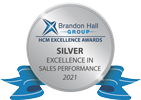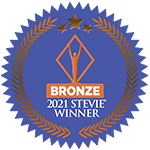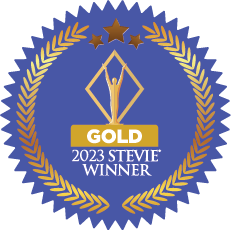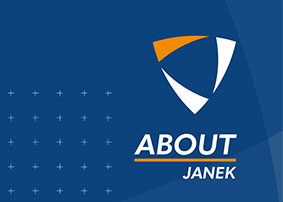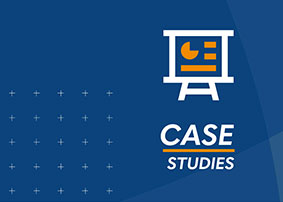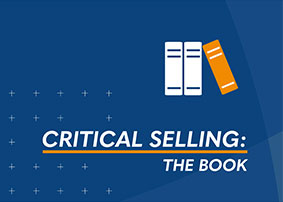Sales Tactics to Avoid

Meeting sales quotas is in the DNA of sales professionals. Hitting or exceeding our numbers is what we live for: We want to make the sale, and when we do, we feel the rush not just of closing the deal, but of completing a great day’s work. If we’ve done it right, we’re making a positive contribution to both our company and our client’s; we may even be changing lives in the process.
But salespeople know all too well that quotas can be aggressive. For some in the business, the drive to hit the golden number can lead to questionable tactics, what we’ll call worst-practice sales strategies. These desperate maneuvers should be avoided. Here are four basic reasons why:
- They will make your company look bad.
- They may result in missed sales, biting into your bottom line.
- They reflect poorly on the sales professional, who can come off like a list of the Seven Dwarfs—Dopey, Grumpy, Sleazy. OK, it’s Sneezy, but you get the drift.
- In most cases worst-practice sales tactics are unsuccessful. No one falls for them anymore—if they ever did.
When it comes to sales tactics, there’s almost as much to know about what not to do as there is about what to do.
No Trash-talking the Competition
Trying to make your company look good by making your competitors look bad never works. As far as desired outcomes go, it achieves a negative effect: It makes you look bad—jealous, fearful, petty. Gossips like to hear the dirt dished; in a professional setting that type of negativity creates stress. It’s likely your customers already have enough negativity and stress to deal with. Don’t add to their load by being a backbiter.
Lastly, if you’re attempting to position yourself to replace an existing vendor, stay positive, sticking to the topic of what you have to offer. If not, your poison pie hole could have the unwanted consequence of putting off your prospect, since they probably had a hand in selecting the vendor you’ve just clawed to shreds. Oops!
Don’t Sell the Icing Without the Cake
If you’re selling features instead of results, you’re doing something wrong. Ultimately, customers don’t purchase products and services according to how many features they have or how user-friendly they are. Instead of talking up a bunch of bells and whistles, identify your prospect’s needs, and then sell them products and services that will serve as solutions; in short, investments in the future growth of their business.
Don’t Fix What’s Already Working
Anticipating your prospect’s objections during sales meetings is always good. But don’t raise those objections before they do. You may be creating a problem where there isn’t one. Worse, you could look insecure or defensive about the value-add you’re attempting to sell. Keep things upbeat, being nothing but positive about what you have to offer. If prospects do raise objections, have ready answers for those, of course, but don’t put negative ideas in their heads.
Don’t Insult the Prospect’s Intelligence
Avoid opening your sales presentation with obvious questions such as, “Do you want to have a higher profit margin?” or “Would you like to be more productive?” Here’s an obvious question for you: “Who wouldn’t want those things?” These aren’t stand-out questions, and they have no place in the beginning, middle or end of a sales meeting. During your presentation, you can for sure point out the savings and benefits, both short- and long-term, of your products and services. Just be certain to leave the yes-no “would you like fries with that?” questions outside the door when you step up to the table.
B.H., not B.S.
Nothing dooms a deal faster than coming off as insincere. For example, don’t offer a customer a discount after insisting six ways to Wednesday that you never discount. Similarly, don’t promote best-in-class features that have yet to be implemented. You will end up looking like a B.S.’er. Try B.H.-ing—being honest. You can’t go wrong with that.
When it comes to sales tactics, stick to what works and work with what sticks. Just don’t be all sticky about it.

- Account Planning (16)
- Awards (42)
- Client Testimonial (37)
- Personal Branding (21)
- Podcast (12)
- Research (77)
- Sales Career Development (90)
- Sales Coaching (164)
- Sales Consulting (141)
- Sales Culture (181)
- Sales Enablement (380)
- Sales Leadership (110)
- Sales Management (267)
- Sales Negotiation (11)
- Sales Prospecting (136)
- Sales Role-Playing (19)
- Sales Training (242)
- Selling Strategies (279)
- Soft Skills (78)
- Talent Management (101)
- Trusted Advisor (29)
- Virtual Selling (57)
- Webinar (13)

